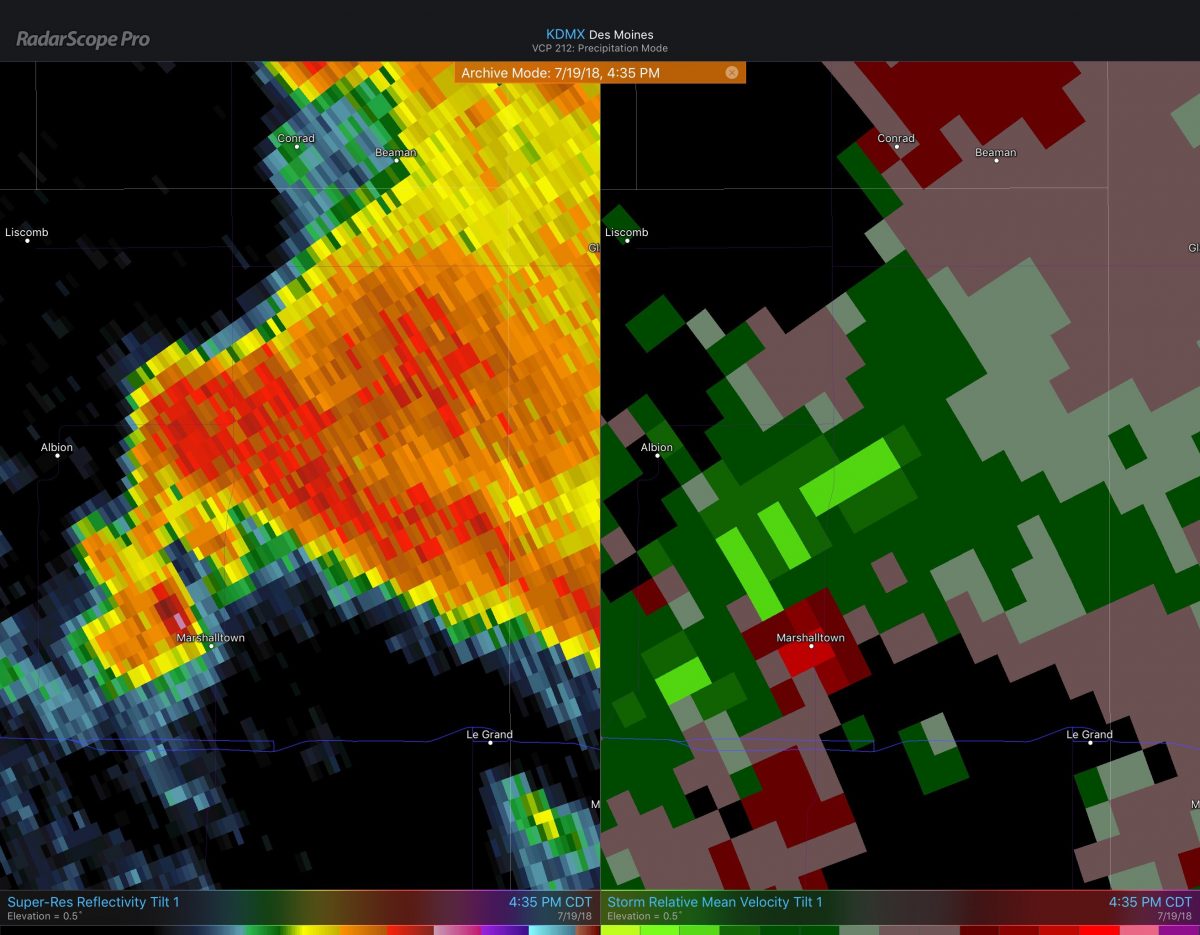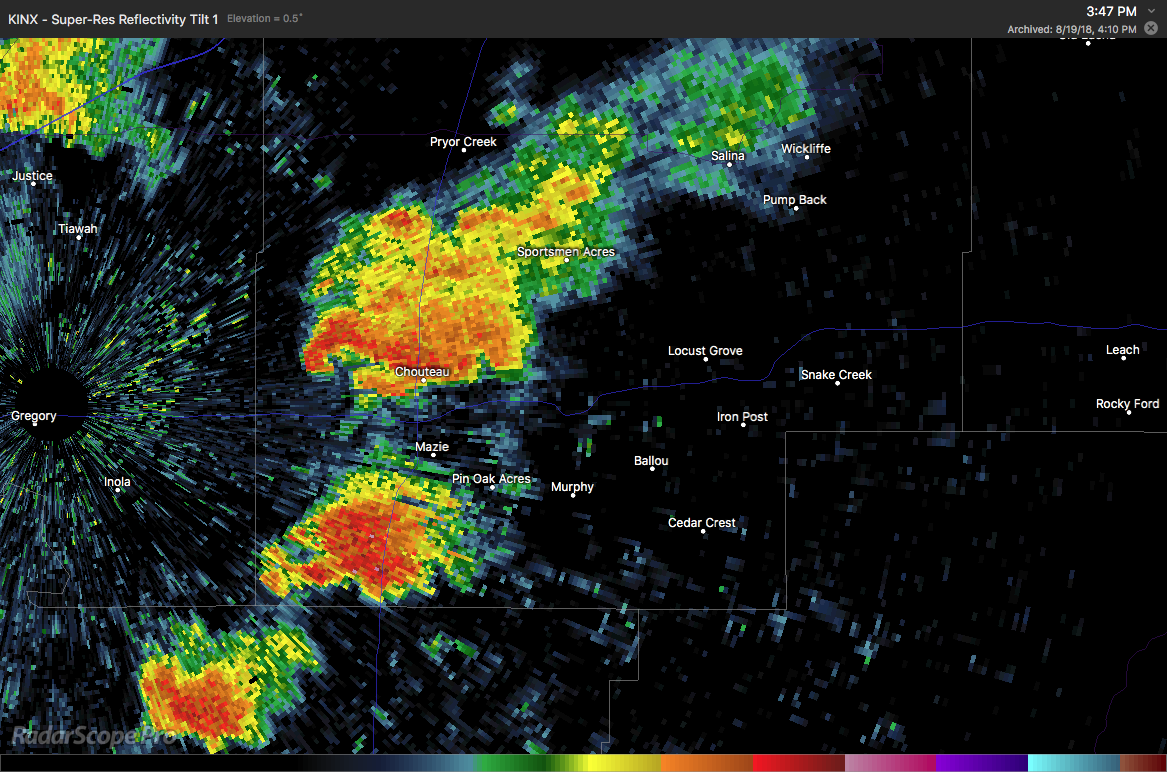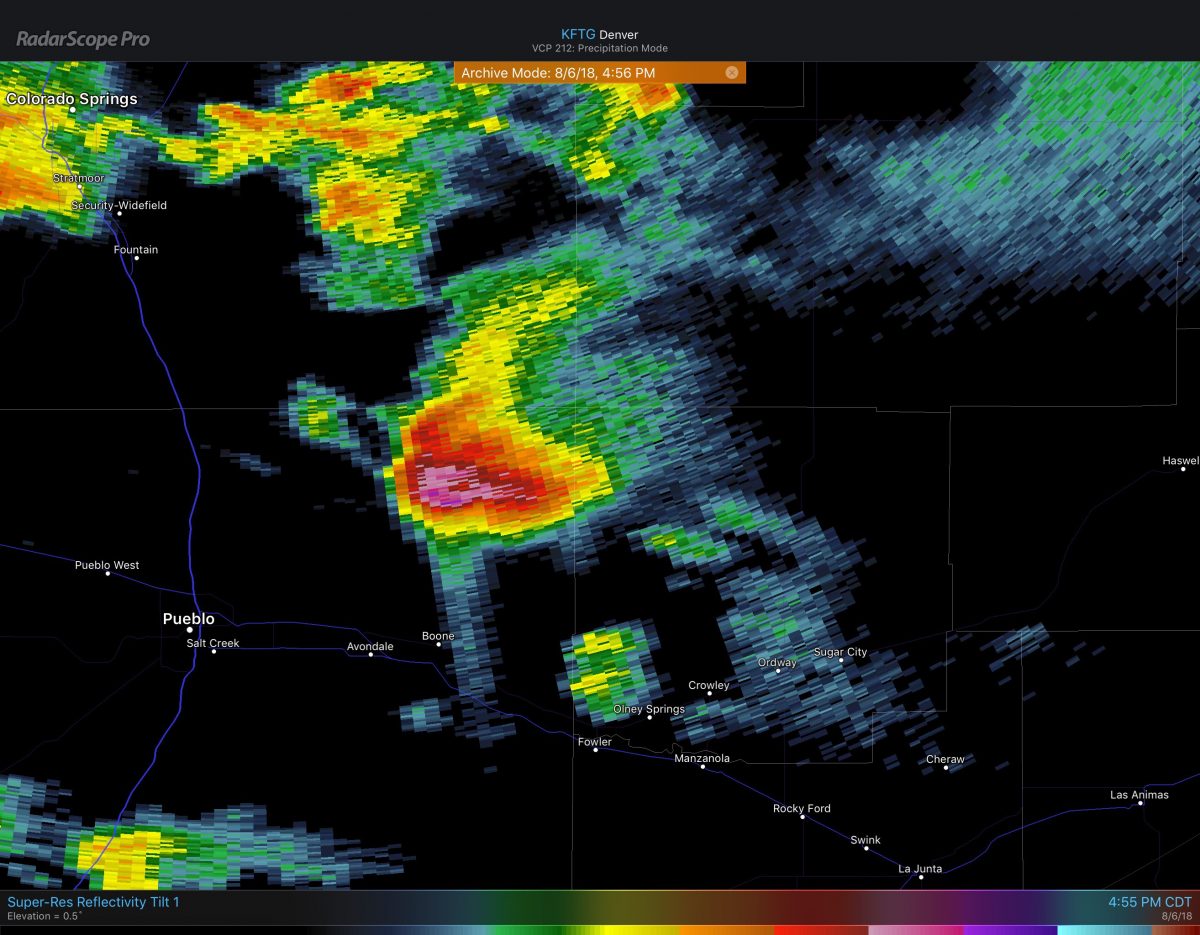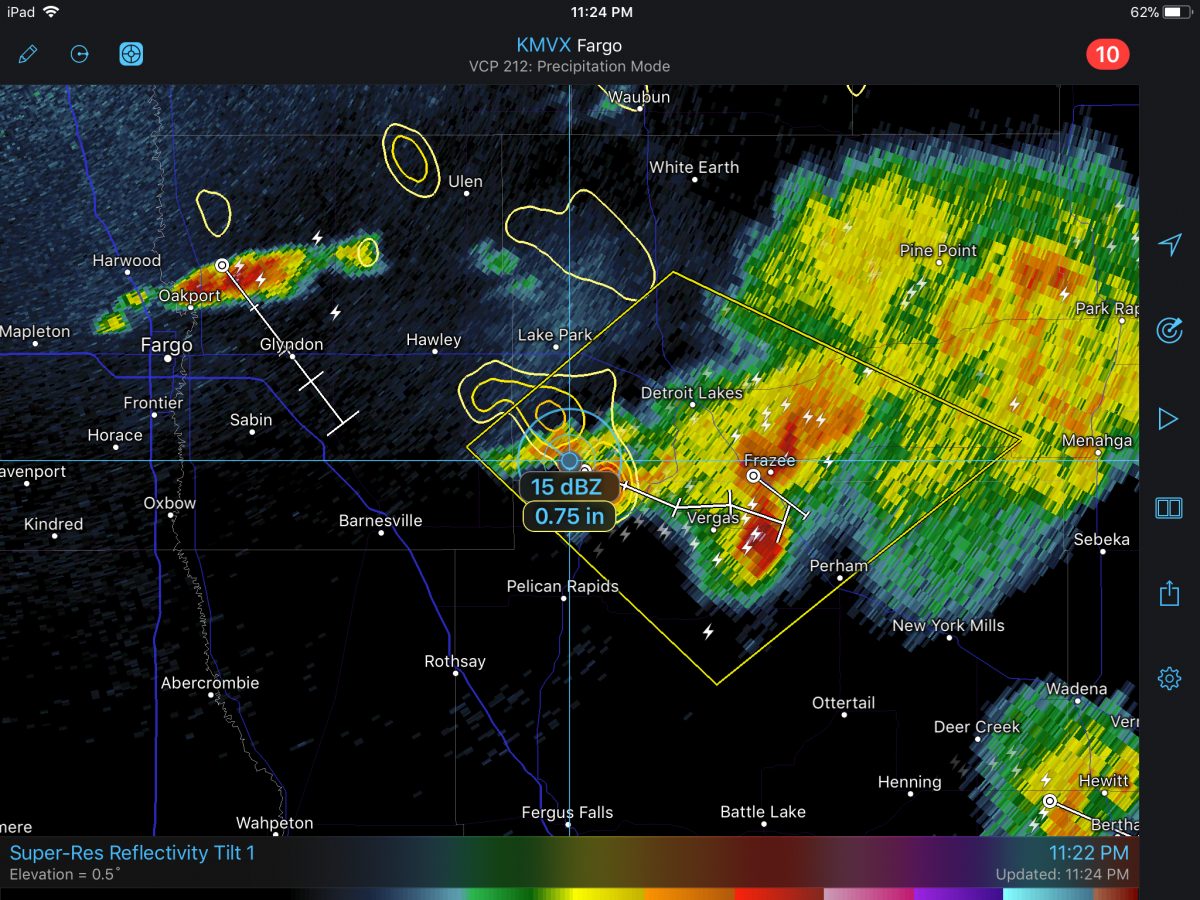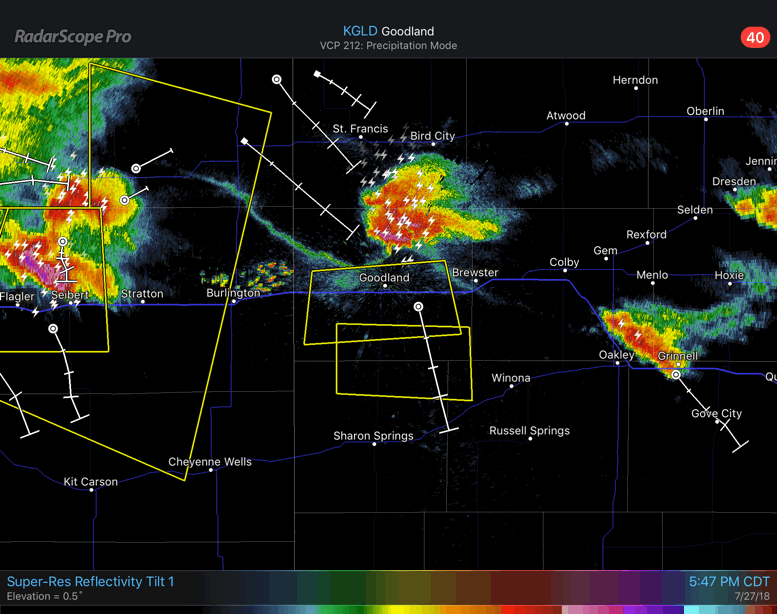Are you comfortable with looking at RadarScope data and finding hook echoes and areas of rotation? If so, the next step is to learn how to use dual-polarization products to look for debris being lofted by a tornado. Let’s take a look at how to pick out a Tornado Debris Signature (TDS).
